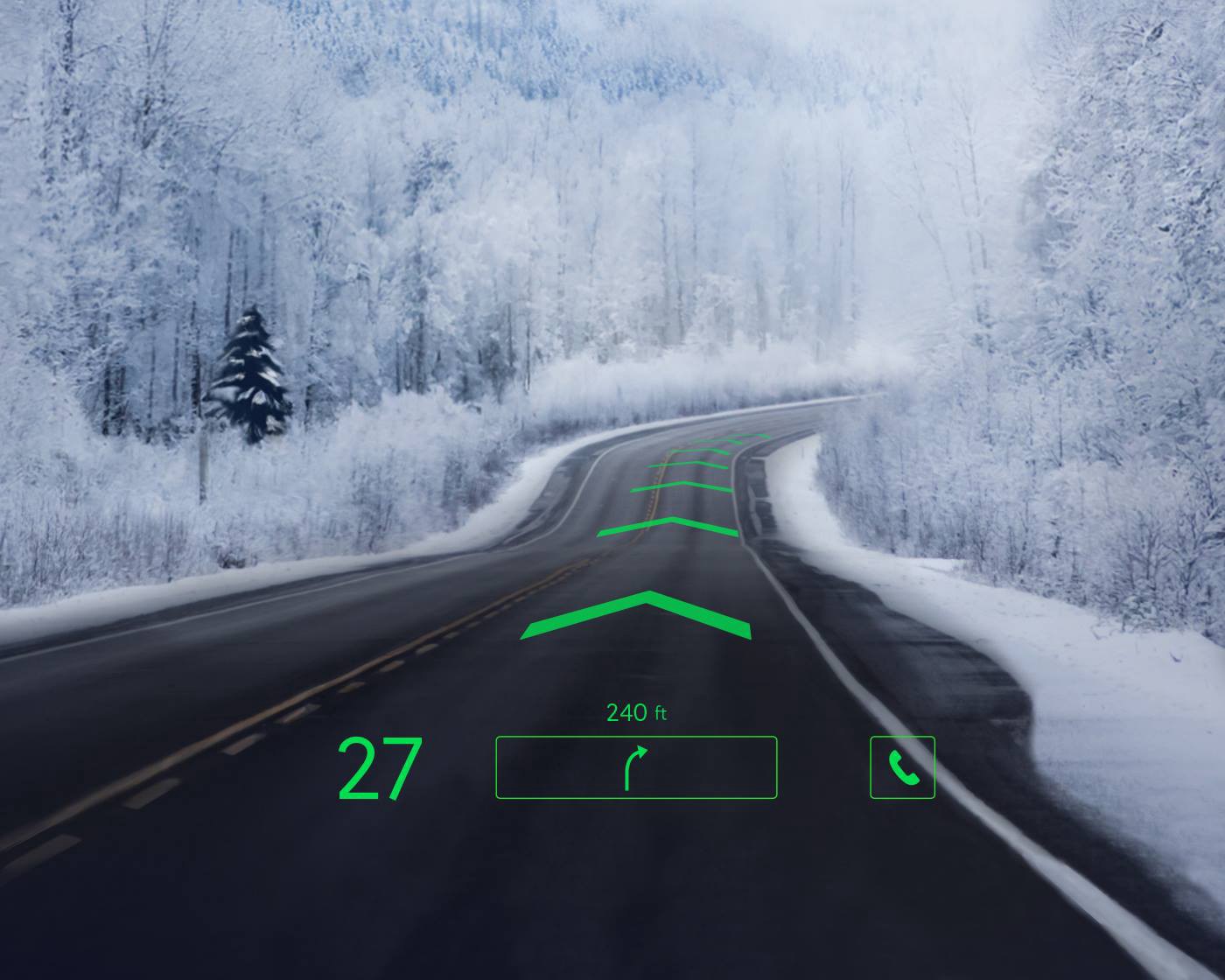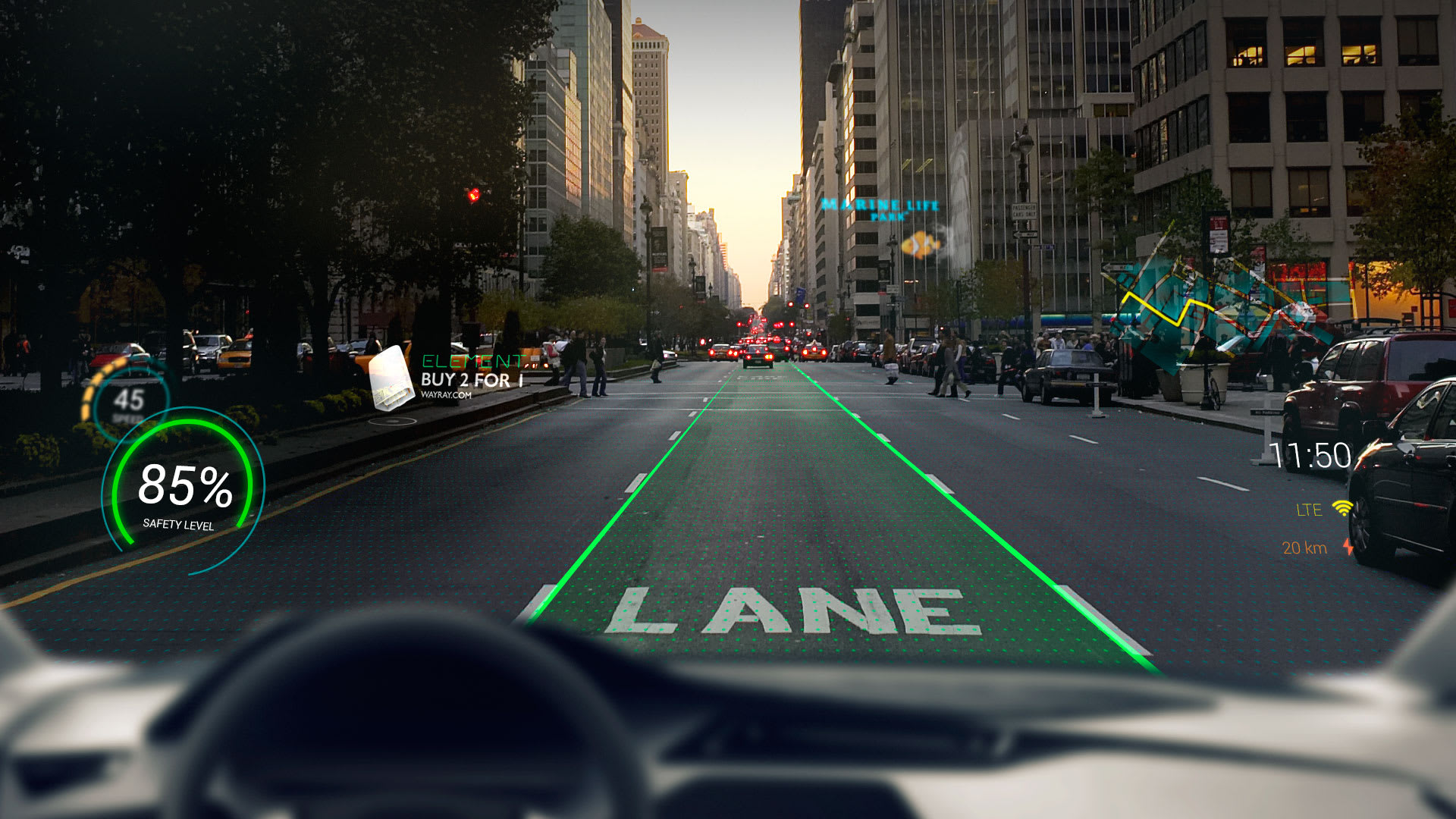What is Gamification? The term, as it is easy to understand, derives from the word "Game". Gamification, however, is not simply this: by taking advantage of the interactivity granted by modern means and obviously by the principle of the concept of entertainment, Gamification represents an extremely effective tool capable of conveying messages of various types, according to the different needs, and of inducing users to actively participate, allowing to achieve specific objectives.
The user and his active involvement must always be placed at the center of this approach. Objectives normally achieved thanks to the use of gamification are, for example, the improvement of customer management, the consolidation of brand loyalty or the overall improvement in performance by employees and partners.
The video gaming market has developed strongly in recent years, with numbers that continue to grow without signs of slowing down, especially in terms of profits.
The video gaming market has developed strongly in recent years, with numbers that continue to grow without signs of slowing down, especially in terms of profits. So we can define Gamification as a set of rules borrowed from the world of video games, which have the aim of applying playful mechanics to activities that do not directly have to do with the game; in this way it is possible to influence and modify people's behavior, favoring the birth and consolidation of active interest by the users involved in the message they want to communicate. To achieve this goal, the communication design process must necessarily be structured so as to introduce game mechanics and dynamics, adding to the traditional factors other driving components borrowed from the world of video games that can attract the interest of users. There are many contexts in which Gamification can be applied: a site, a service, a community, a content or a campaign are all contexts that can be gamified so as to push the interest, involvement and participation of users. Now, several manufacturers are working to integrate this method also in the automotive world. 1
Augmented reality and Gamification driving are not apparently two new technologies applied to driving sector, but until recently, they were relegated to the gaming and videogame industry. Thus allowing the user to feel as close as possible to a real life experience there weren’t strong linkages to the safe driving. In the last years the automotive experts invested in AR technology with the so-called “head-up” displays, which project a car’s speed, GPS routes, and other information on the windshield ahead of the driver. The vast majority of leading car manufacturers integrate AR features in particular production and marketing processes. The leading car manufacturers also use gamification and augmented reality for marketing in order to promote their products to increase their customers' engagement and reach their potential targets more effectively.

There’s also another aspect to consider because auto brands struggle to educate costumers on the technical features of their purchase during the after-sales moment. Old paper manuals are too full of words and diagrams so they rely on a virtual technician. Purchasers are able to see interactive 3D animations of how the engine works, how to change a tyre, how to top up brake fluid, and so on.
Purchasers are able to see interactive 3D animations of how the engine works, how to change a tyre, how to top up brake fluid, and so on.
This is really important for the management of care that automotive manufacturers need to provide and can prevent mechanics from intervening on problems that car owners could fix themselves. Augmented reality can also help to maintain engagement in the after-sales phase. For example 3RockAR Ltd 2 augmented reality advertising company created an AR car game for Porsche. They let users race around the Gotthard Pass Track in augmented reality and record their best time. Similar fun AR experiences can be launched from brochures, direct mail, or any print collateral.
The latest innovations and research in technology have shown that there is a significant tendency and interest in rethinking these technologies to improve the lives of citizens and that there are considerable margins of usage of these technologies, in particular for safe driving. Several start-ups and companies have invested resources in the development of applications for the world of e-learning based on interactive and very engaging games and some of them have also invested in the creation of driving school’s applications that adopt a technology that simulates augmented and immersive reality to let students experience the driving experience. On the other hands there are companies that have a different look at this type of market focusing directly on products to be sold to the automotive industry and that has to be put on the road as the American Way Ray3 did with “Navion True AR”.
The information displayed in True AR is seamlessly integrated into the real world, allowing the driver to focus on the road and making driving safer
This navigation system is a virtual world around the car that moves and continuously changes in sync with the route. The information displayed in True AR is seamlessly integrated into the real world, allowing the driver to focus on the road and making driving safer. Way Ray was one of the 4,400 companies that exhibit their product at CES (International Consumer Electronics Show) that is an annual conference in Vegas with developers, innovators and suppliers of the electronic industry. We have to say by the way that there’s a very interesting study from the Queensland University of Technology in Brisbane showing us another less visible side about these hi-tech solutions that might concern you. In this research with an ambient speedometer in a driving game display they compared a gamified and a non-gamified interface with regards to user experience, driving performance, and visual distraction. The gamified version leads to longer glances towards the display suggesting a significant visual distraction. It is also important to underline that their results indicate an increase in hedonic quality and driver engagement as well as a decrease in speed violations through the gamified condition. The use of these technologies therefore does not leave us completely free of any doubts and surely It will take time to make some of these solutions effective and to test their street adaptability.
The cars of the future will recognize the passengers and collect data to suit their preferences. This is biometrics applied to cars: sensors integrated in the seats or on the steering wheel and devices worn by users, like smartwatches, will make it possible to read and analyse the status of passengers. Artificial intelligence will do the rest, learning from experience to offer personalized services.
This is not only a technological evolution but an opportunity for growth of the automotive ecosystem.
This is not only a technological evolution but an opportunity for growth of the automotive ecosystem. The automotive sector is embracing gamification technologies to boost sales, improve return on investment, foster employee interaction and achieve high customer satisfaction. We are sure by having taken part in CES 2020 that the attention of the car manufacturers has moved strongly on to these kinds of new technologies that most likely one day will be part of our ordinary life.
